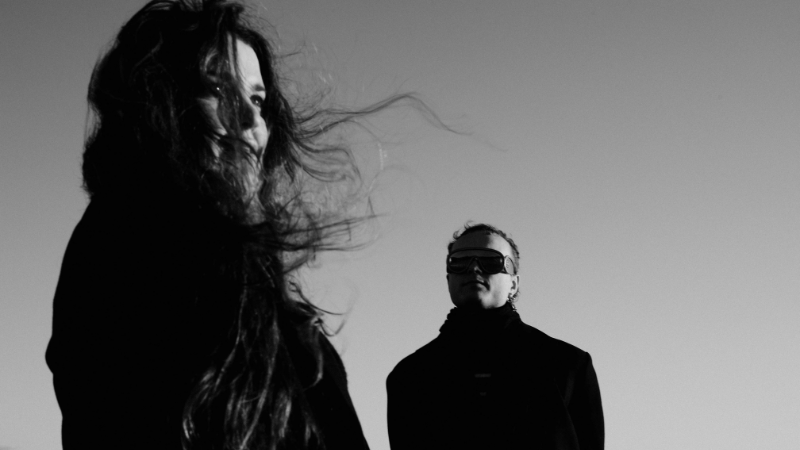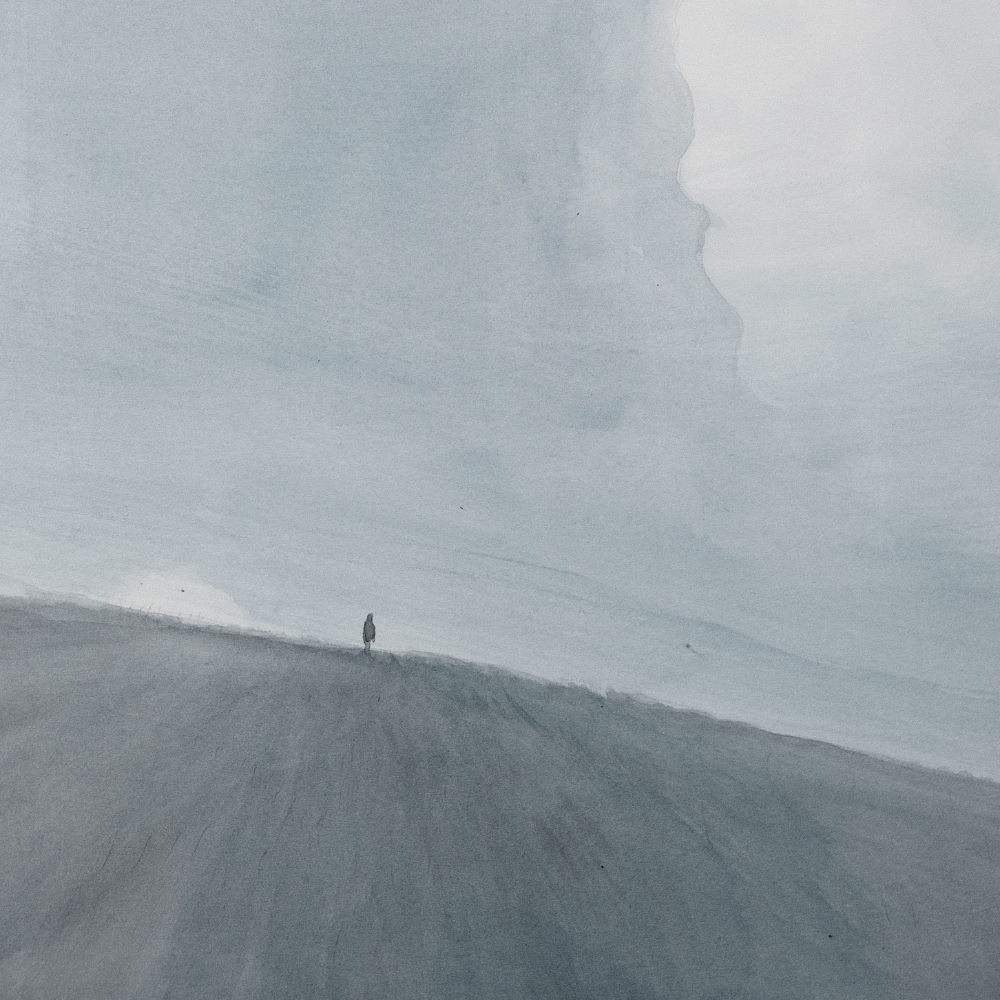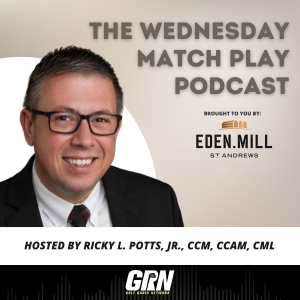Today, I’m excited to chat with Avalon Kane and Stu Patterson, the creative minds behind the mesmerizing new track “Killing Time.” These two Kaurna Country-bred artists have forged a unique partnership, blending ambient and shoegaze influences to create something truly special.
“Killing Time” is a glimpse into their upcoming album, where Kane’s haunting synths meet Patterson’s dynamic compositions. In this interview, they share their inspirations, the magic behind their collaboration, and what fans can look forward to next.
Join us as we dive into the world of Avalon Kane and Stu Patterson. Their passion for music and their innovative approach will leave you inspired and eager for more. Enjoy!
The name “Avalon Kane” is intriguing! Could you tell me the inspiration or story behind choosing this unique name?
Thank you! I’ve always had it in my head as my creative name since I heard “Avalon” by Roxy Music. I’ve been a huge fan of Roxy Music and Bryan Ferry for a very long time. “Avalon” is just a timeless song that brings indescribable emotions.
Avalon is also the mystical place where King Arthur was fabled to have been taken to rest, and where Excalibur was forged. I’m into medieval things like that.
As for Kane – to be completely honest – I love candy canes and Christmas! Plus it sounded great with Avalon!
What inspired the lyrics of “Killing Time?” Could you delve into the story or emotions that influenced this song?
Stu and I both wrote the lyrics for “Killing Time.” Parts of our lyrics are scattered throughout the song. From my perspective, it’s about saying, “I’m here. I know you have layers. We all do. Some people like their layers. I know my layers are there for a reason. Just because you have layers doesn’t mean you’re incapable of giving and receiving love.”
Your music is described as explorative and boundary-pushing. Can you share your creative process and how you develop your unique sound?
I’m extremely fond of my modulating wheels, synths, and a range of plug-ins that I really morph to create my own unique blend of soundscapes and beats. I’m a huge fan of Native Instruments plug-ins on my synth. I can spend hours going through sounds to find the right vibe. I also spend countless hours playing with my Korg drumlogue, mixing up soundscapes on Kontakt, and playing with tempos and arps.
One of the most fun experiences was when Stu, Max, and I plugged in the Kevin Shields blender pedal through the Moog Subsequent 25 synthesizer. We made an incredible track with it on the new album!
How did the collaboration with Stu Patterson and Max Hurrell come about, and what was the creative process like for this track?
The three of us have been working together for nearly two years. I had written the lyrics for the song, but it was originally more like an indie rock song than a chill electronic track. We ripped it apart! I sampled some chords for the start of the track in my studio, Stu reshaped the melody and added new lyrics, and Max arranged the instruments and timing. We all complement each other really well.
What challenges did you face while navigating through the layers and traumas mentioned in the song, both personally and musically?
This was one of the last songs we recorded for the new albums. It was a pivotal time as we all knew the album was wrapping up, marking the end of our regular studio sessions. We had forged a special friendship over the last 18 months.
The challenge was finishing the song at the same caliber as the other tracks while preparing for our own personal journeys away from the studio bubble. Looking back now, we did a great job.
How did the recording and production process at Songbird Society with Max Hurrell influence the final sound of “Killing Time”?
Songbird’s recording and production is second to none, and as Max is a co-writer too, you can definitely hear Songbird’s influence. Max has many presets saved specifically for our work, so he quickly puts everything in place.
I remember Stu pacing next to Max when we were on the tail end of mixing, trying to build up the last two sections of the song. There was intensity to get that final mix right.
What was the experience like working with Reuben Cohen at Lurssen Mastering in LA for the mastering of the track?
Reuben Cohen has mastered all of my tracks since I started working with Max at Songbird. It’s a very streamlined process from Songbird Society studio to Lurssen Mastering in LA. Reuben has the ears of a wizard! I’m quite meticulous with my sounds, and I appreciate the little things Reuben does that others might not notice.
The Lurssen team is always very supportive of independent artists, often highlighting us on their social media posts right next to giants like Metallica or Robert Plant. They’re incredibly talented but also very humble. It’s an honor to work with them.
The cover art for “Killing Time” is titled “Wie in Gedanken – As if in thought” by Katja Lang. How does this artwork complement the song’s message and themes?
We love to use local and international creatives to complement our sound. Visuals play an integral role in this whole process. My taste in art leans towards the solemn realm. Pensive, moody themes are my favorite.
I had been following Katja Lang for a while, and “Wie in Gedanken” just stood out. It was “Killing Time” to me. Stu felt the same. There’s just something about the vastness – all of the thoughts of past, present, and future hanging in the sky, lingering in the air, buried beneath the dirt. It’s an age-old theme.
How do you feel “Killing Time” differs from your previous works, both in terms of musical style and lyrical content?
I thought this one was more upbeat, but when it came out, I realized it still had this bittersweet, melancholy feeling to it. When Stu and I write together, I feel the songs have more structure. I appreciate that. “Killing Time” has a great structure, and I love the build. I want to end a huge festival with it – that’s what I want to do with the song. It needs to have its moment.
What role did the support from your music team play in the creation and release of “Killing Time,” and how important is this support to you as an artist?
Being independent, it’s crucial to have a team around you to share your highs, lows, wins, and losses. Max Hurrell recorded, arranged, co-wrote, performed, and mixed “Killing Time” at Songbird Society in Bowden, Adelaide. Stu Patterson recorded vocals, performed guitar/synth, co-wrote, and helped with production and mixing. I performed synth, co-wrote, and assisted with mix and arrangement. We also teamed up with Get In! PR for our worldwide single release.
Can you give us a glimpse into any upcoming projects or collaborations you have planned?
The next big release will be one of my albums! I’m a few weeks off from letting all the details out, but I’m excited to get both of them into the world. I’ll be releasing my first-ever vinyl, and it’s going to be a double! I’m putting everything I have into prep for that at the moment.
Then I’ll be heading out to showcase it all on the live stage. I’ll have my deck, a little synth, lots of modding/experimental equipment, and visuals. I’m really excited to get out there now.
You are originally from Australia. My wife and I are planning a trip to Melbourne and Sydney soon. Do you have any recommendations on what we should see or do while we’re there?
I actually live in Adelaide, Australia! It’s a beautiful place with so much culture, nature, and friendly people. I have four wild kangaroos that call my place home at the moment. I live near the Barossa Valley, which is one of the most breathtaking spots in the world.
If you’re visiting Sydney, I love going to Circular Quay. For a wow experience, try the Hotel Shangri-La High Tea on Level 36 that overlooks the Harbour Bridge – it’s iconic!
You’ve collaborated with various artists. How do these collaborations influence your music, and what do you look for in a collaborator?
Collaborations help me think outside the box. My first experience with Vanessa was very positive, so we worked together again on “Orion.” Her voice paired beautifully with the soundscapes and took the tracks to another level.
I focused on soundscapes for a while until I heard Stu singing on an Empty Threats video. Their voice sounded incredible like it was from another time. When I got the chance to work with Stu, I knew I needed to showcase their vocals more. It led to changes in lyrics, sound, and production, but it all worked out for the better.
The music video for “Orion” is visually stunning. What was the creative vision behind this video, and how did the collaboration with Colby Robertson and Bill Northcott come about?
I’m so glad you like it! It’s a sad, tragic love story of the ages – love, death, and an outer space ghost reuniting with her soulmate. Bill Northcott came up with this concept on his own, and I give him all the credit. I wanted my first music video to be animated and done by a local artist. Bill did an incredible job and understood the story.
“Orion” is actually a love song for my family – my husband and two sons. I wanted them to always know how much I love them, even when I’m not on Earth anymore. My music and lyrics will always be here for them.
Your website offers ways for fans to stay connected through email updates and promotions. How do you engage with your audience, and what role does fan interaction play in your career?
I love chatting with people through social media and getting comments on my work. I’m always pretty accessible on Instagram if you want to say hi. I don’t think people realize how special it is for an artist to receive a nice message about their song. It means a lot to me.
Your work is known for pushing the boundaries of electronic music. What drives your innovation, and how do you see your music evolving in the future?
If I can get that certain look on someone’s face – where they don’t actually know what’s going on, but they know they kind of like it, even though they think they shouldn’t – that’s what I want to see every time I play!
I’m excited to see what happens with my music in the future as I take inspiration from many genres and musicians. I could bring out a straight-up techno record next, inspired by my addiction to ’90s techno. Or I might be influenced by seeing Joep Beving live, playing peacefully on his beautiful upright piano. It all makes its way into my music, and that’s what makes it uniquely me.
Thanks for doing this. I enjoyed our time together. In all the interviews I do I always give the artist the last word. Go.
Luister naar de stilte, het heeft veel te zeggen.






[…] a soothingly ambient blend of soundscapes, the full breadth of the hypnotizing tracks that comprise the album unite to tell the tale of the […]